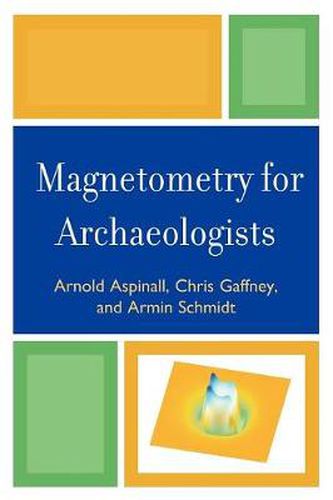Readings Newsletter
Become a Readings Member to make your shopping experience even easier.
Sign in or sign up for free!
You’re not far away from qualifying for FREE standard shipping within Australia
You’ve qualified for FREE standard shipping within Australia
The cart is loading…






Magnetometry for Archaeologists covers the most widely used method for archaeological surveying. Authors Arnold Aspinall, Chris Gaffney, and Armin Schmidt recount the history of magnetometers from their inception through today’s state-of-the-art detectors, explain the physics behind the different types of sensors, and describe the most fruitful ways in which the technology can be employed. They also consider the theoretical and practical uses of magnetometry from for many archaeological periods and regions. The reader learns exactly what magnetometry measures, and how knowledge gained from it influences the ways in which surveys are undertaken. The authors also discuss the potential for and the problems associated with the use, display, and interpretation of buried remains. View the book’s Acknowledgments.
$9.00 standard shipping within Australia
FREE standard shipping within Australia for orders over $100.00
Express & International shipping calculated at checkout
Magnetometry for Archaeologists covers the most widely used method for archaeological surveying. Authors Arnold Aspinall, Chris Gaffney, and Armin Schmidt recount the history of magnetometers from their inception through today’s state-of-the-art detectors, explain the physics behind the different types of sensors, and describe the most fruitful ways in which the technology can be employed. They also consider the theoretical and practical uses of magnetometry from for many archaeological periods and regions. The reader learns exactly what magnetometry measures, and how knowledge gained from it influences the ways in which surveys are undertaken. The authors also discuss the potential for and the problems associated with the use, display, and interpretation of buried remains. View the book’s Acknowledgments.